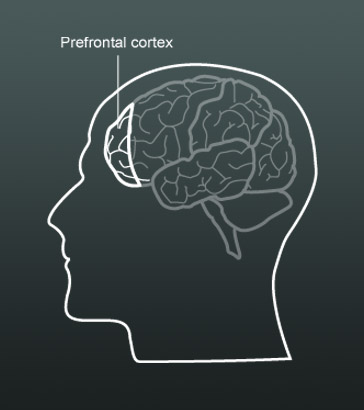the early years

- As soon as a baby is born its brain connections start growing and changing.
- During the first year of life the number of connections increases rapidly.
- The brain needs certain kinds of stimulation at specific times during its development for its sensory and motor systems to develop normally.

Neuroscience indicates that some parts of the brain – for example, the prefrontal cortex, which is responsible for planning actions, selecting and inhibiting responses, controlling emotions and decision making – continues to develop into the early twenties. This has implications for the types of cognitive functions that teachers can reasonably expect children to have at particular ages.

The genetic specification of our brains only partly determines what we know and how we behave. Much also depends on environmental factors including, most importantly, the education that we receive.
The brain is extraordinarily adaptable. This is sometimes referred to as 'neuroplasticity'.
Neuroplasticity allows the brain to take account of the environment continuously. It also allows the brain to store the results of learning in the form of memories.
The brain's plasticity depends on how much it is used.